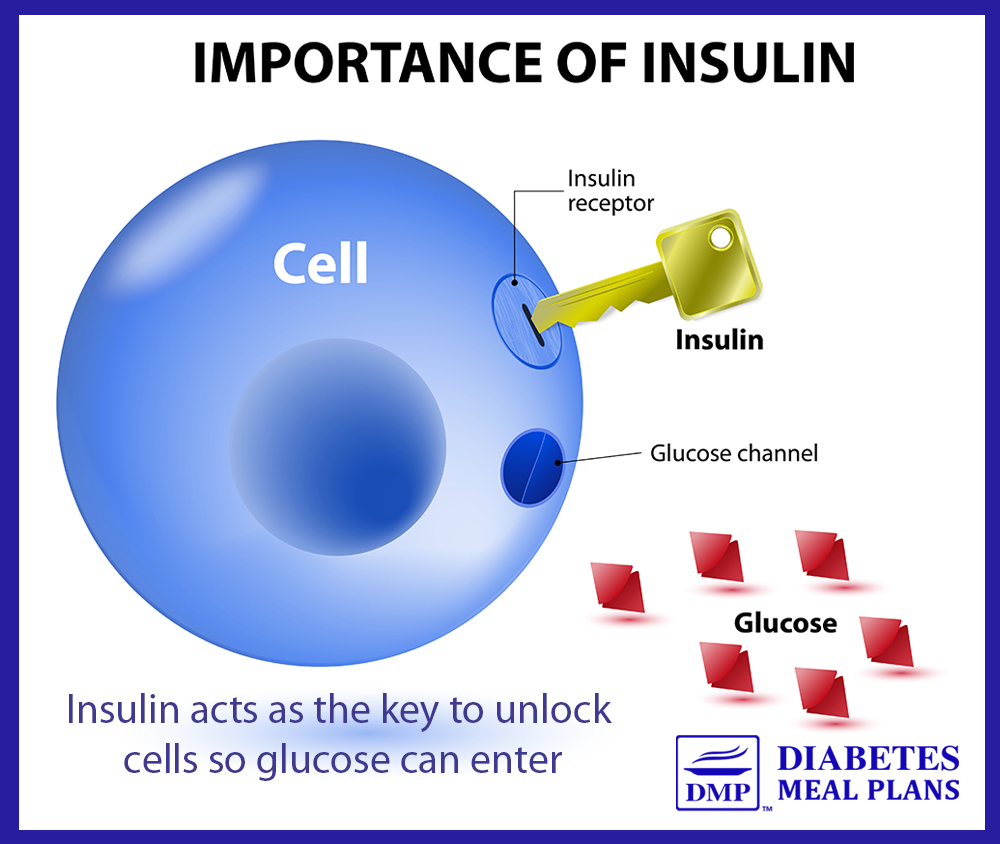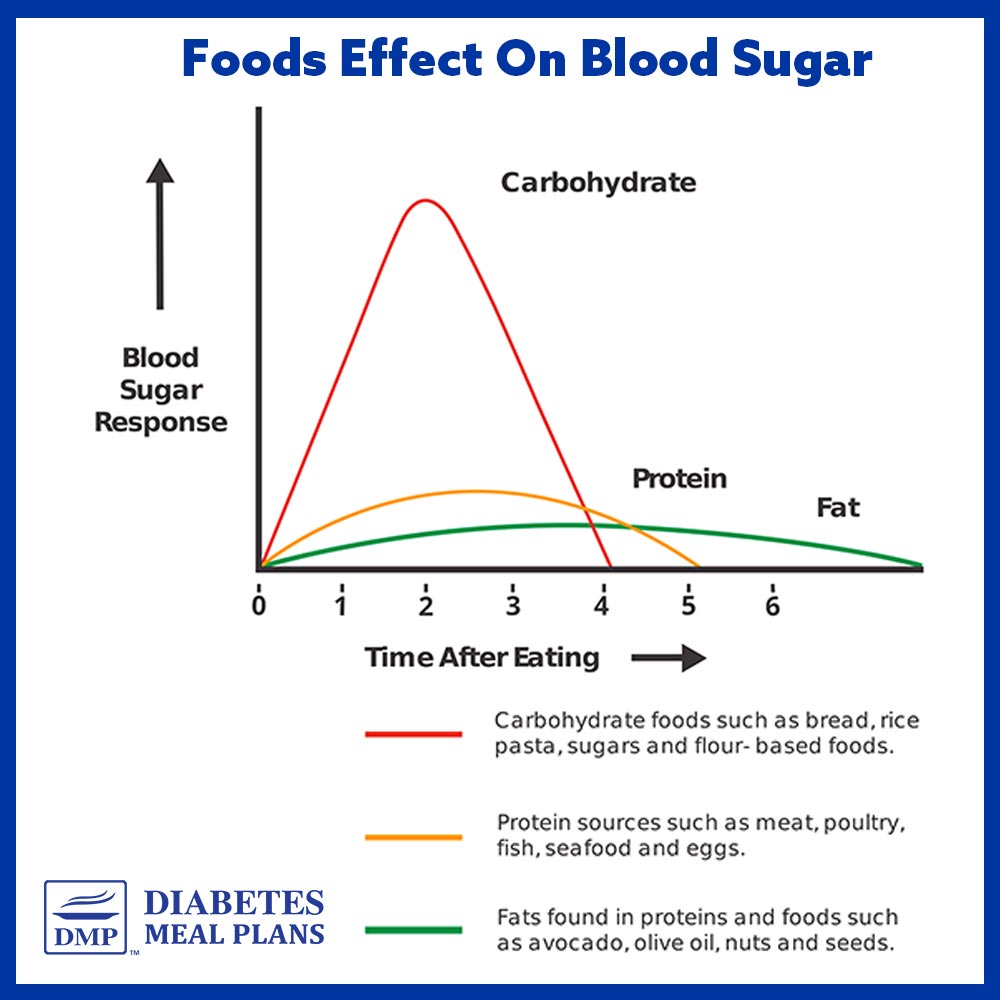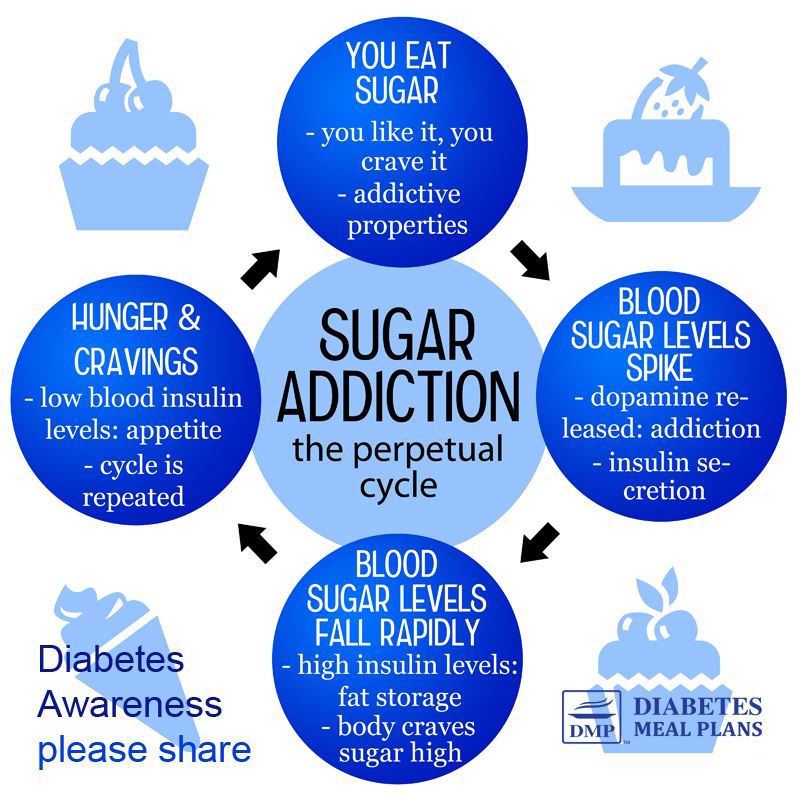Table of Contents[Hide][Show]
If you’ve been considering a low carb diet for prediabetes but wondering how effective it is to lower blood sugar and A1c levels, or whether eating low carb is healthy, you’re in the right place.
We’ve been supporting people to eat a healthy low carb diet for over a decade. Let’s just say right up front that it is highly effective to reset your prediabetes back to normal.
Let’s dive in to why it is so effective and how you can get started with a low carb eating plan.
In fact, if you want to get started right now, get a free copy of our recommended food list below.
Understanding Prediabetes
To understand why a low carb diet is the best choice to reverse prediabetes, you first need to understand what’s happening in your body.
Prediabetes is a condition characterized by insulin resistance, meaning your cells do not respond effectively to insulin, the hormone responsible for regulating blood sugar levels.
Think of insulin like a key that unlocks cells so glucose/sugar can enter, moving out of the bloodstream.

The thing is, most people think the pancreas is not producing enough insulin, but that’s not the case.
Your pancreas actually produces more insulin to compensate, leading to elevated insulin levels in the blood (hyperinsulinemia/high insulin levels).
The combination of high blood sugar and high insulin leads to chronic systemic inflammation in the bodies cells. It also increases weight gain (or difficulty losing weight) and contributes to high blood pressure and high cholesterol levels.
To treat prediabetes, you need to target both high blood sugar and high insulin. That’s why a low carb diet performs the best, better than any other eating plan. Below we’ll explain how.
The Low Carb Diet Explained
Just to be clear: a low carb is not a no carb diet, it is not a keto diet, and it is not a carnivore diet.
A low carb diet is a healthy balanced eating plan that lowers carbohydrate intake to 10-26% of total daily calories. In terms of how many carbs per day for prediabetes, between 50-129g is a low carb range, although it can range dependent on your daily calorie intake.
This is significantly lower than the standard dietary recommendations (moderate-high carb), which can be seen in the chart below.
| Carb definition | carbs % energy | 2000 cal/8368 kJ | 1800 cal/7531 kJ | 1600 cal/6694 kJ |
|---|---|---|---|---|
| Keto | <10 | <50 | <45 | <40 |
| Low carb | 10–<26 | 50–129 | 45–116 | 40–103 |
| Moderate carb | 26-45 | 130–225 | 117–202 | 104–180 |
| High carb | >45 | >225 | >202 | >180 |
How Low Carb Targets the Cause of Prediabetes
As outlined above, to reverse prediabetes, you need to target both high blood sugar and high insulin. You need to get both of these down.
So here’s the thing: Carbohydrates are the nutrient that impacts blood sugar the most.

When we reduce carbohydrate intake, choosing the right types, blood sugar will naturally become lower.
Since carbohydrate foods spike blood sugar, they also stimulate and raise insulin levels.
By lowering carbohydrate intake choosing the right types, blood sugar will naturally become lower, insulin will naturally become lower.
When both blood sugar and insulin are lowered, guess what happens?
Weight loss becomes easier. Cholesterol rebalances. Blood pressure is lowered. Inflammation in the bodies cells decreases.
It’s like magic happens. But really, we are working with the bodies natural function, not against it – and that’s key!

Getting Started with a Low Carb Diet
Now that you understand the “why,” let’s talk about the “how.”
Starting a low carb diet doesn’t have to feel overwhelming and it’s certainly not difficult, even though it may appear like that from the start. Everything new always seems difficult until we know more!
Educate Yourself About Carbohydrates
Understanding carbohydrates is the foundation of this journey. You might think all carbs are bad, but that’s not true.
Definitely avoid as much ‘added sugar’ as you possibly can – sugar is all carbs. And that means avoiding lots of processed junk that spikes your blood sugar faster than you can say “sugar crash.”
You do not want to be in the repetitive sugar cycle!

The key lies in choosing high-quality, whole food carbohydrates that nourish your body while keeping those blood sugar levels in check. Think leafy greens, colorful vegetables, nuts, seeds and dairy products like yogurt.
Here’s a list of lots of the lowest carbohydrate foods.

Of course there are many more foods to choose than this and you can get a copy of our recommended food list below.
The point is, if you focus on eating lower carb foods, you’re going to get results, guaranteed!
I’m so excited! Received my 3-month A1C result this morning….5.6! Previously it was 6.3. This motivates me to keep going with what I’m doing and stay out of the diabetes range. I can’t thank Diabetes Meals Plan enough….this is such a big deal to me! ~Jeanette
What Type of Results to Expect with a Low Carb Diet for Prediabetes
1. Improved Blood Sugar Levels
One of the most immediate benefits you will notice is a reduction in your blood sugar levels.
Within days of starting a low carb diet, you will find that your postprandial blood glucose will stabilize and this will lead to lower A1c levels.
Many people will see their morning blood sugar levels drop too, though in some people it can take longer due to the hormones involved in the body.
2. Weight Loss
If weight loss is one of your goals, a low carb diet is highly effective. Many people report losing weight more easily – and there’s a biological reason for this.
Remember how we talked about insulin earlier. It is the main hormone to regulate blood sugar but it is also the primary fat storage hormone. If insulin levels are high, you will store more fat.
By reducing blood sugar and insulin levels, your body is in a perfect position to start burning fat effortlessly – that’s smarter weight loss!

3. Increased Energy Levels
As your metabolism improves, you may experience increased energy levels – most people do!
This shift can enhance your overall well-being, allowing you to engage more actively in physical activities and improve your quality of life.
4. Better Insulin Sensitivity
A low carb diet can help improve insulin sensitivity, which means your body becomes more efficient at utilizing insulin to manage blood sugar levels.
Improved insulin sensitivity can lead to more stable blood sugar levels throughout the day and a lower risk of developing type 2 diabetes.
5. Reduction in Hunger and Cravings
Many people report a significant decrease in hunger and cravings, making it easier to stick to their dietary goals.
This can be attributed to the appetite-satisfying nature of protein, healthy fats and higher intake of vitamins and minerals contained in the nutrient-rich foods you eat on a low carb diet.
6. Improve Cholesterol and Blood Pressure
Most people also improve many other health metrics, such as lowering their blood pressure and cholesterol. Why would that be?
It comes down to that high blood sugar and high insulin we talked about earlier. These both increase the livers production of triglycerides and small dense LDL cholesterol.
High insulin levels also lead to more sodium retention in the kidneys, which can lead to higher blood pressure levels.
When you eat a healthy low carb diet, you will be treating everything at the same time. Isn’t that just great news!
The key though is a healthy low carb diet!
Get started by downloading a free copy of our recommended food list below. It includes a sample 2-day menu and some delicious recipes too!
Of course, if you’d rather dig in a reverse your prediabetes back to normal now, JOIN THE PREDIABETES RESET PROGRAM.
“I found DMP after finding out I had prediabetes, I took the program and lowered my A1c to 5.5 and lost 13 pounds (6.8kg) in four months.” ~Lisa

Leave a Reply